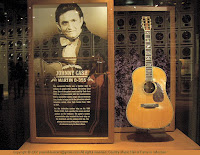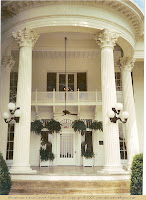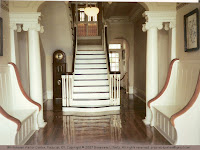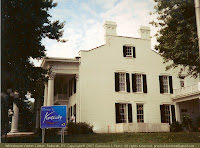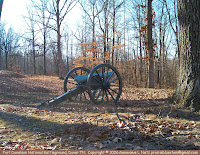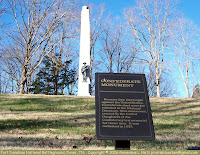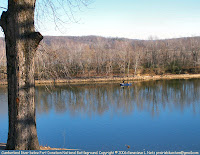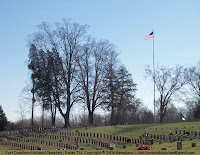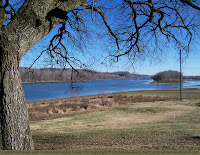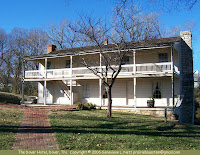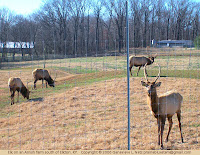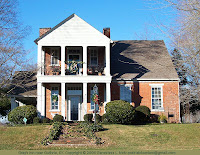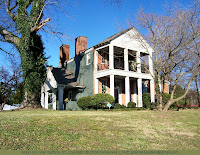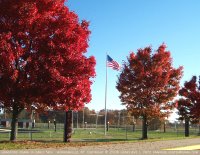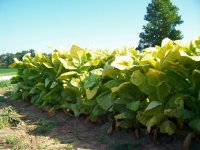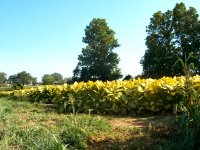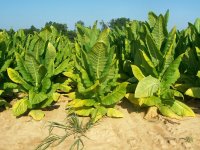Adventures in local history
It's hard to describe what I've been doing in my blogging time. lately. It's been both fascinating and frustrating. I began with a topic that I thought would be quite simple, and instead, it has branched in a dozen different directions.
It started in early April when I got an e-mail from a reader of the blog. He suggested that I might enjoy visiting the Chapel Hill Church and cemetery in the
Barker's Mill community of southeast Christian County, Kentucky.

I found the Barker's Mill Road on my map of Christian County, and late one afternoon, I drove down there. I should have left earlier in the day, because it took longer than I expected to reach the area. It was quite dark by the time I crossed the bridge over the West Fork, and I didn't even see the church and cemetery. I was too busy following
Barker's Mill Road, I guess.
I was a little surprised when Barker's Mill Road went over a large 4-lane highway, but I knew it had to be I-24. The subdivisions surprised me too. Soon, my road intersected with a heavily-traveled road whose name I recognized -- Tinytown Road in Montgomery County, Tennessee. I followed it to Fort Campbell, and went home from there.
I learned a few things on that trip, even though it was too dark to see much. I learned that the southeast corner of Christian County is much closer to Clarksville, Tennessee, than it is to Hopkinsville, Kentucky. I also learned that the West Fork is a river of some consequence. And I learned that on the backroads, there's no indication of the state line between Kentucky and Tennessee.

On my several trips to the area since then, I had plenty of daylight. I enjoyed driving the roads of the area. I saw the remains of
Barker's Mill, and I visited the Chapel Hill Church (originally called Carneal's Chapel). The Chapel Hill cemetery is probably the most peaceful, beautiful country cemetery I've ever visited. I will write more about all of this later.
I drove into southern Todd County and saw some of the fine farmland and old country mansions in that area. I also located Glenburnie, a large plantation home that is on the historic register and saw other large, old homes on the Christian County side of the West Fork community.
Glenburnie was the home of one of the Barkers who once owned Barker's Mill, so I decided to do a little research about the Barkers. It turns out that there is a good deal of information about the Barker family on internet genealogical sites, in old books available through Google, and in the Christian County history books that I own myself. It has been fascinating to learn about the generations of Barkers who were wealthy landowners and prominent citizens of the West Fork area. I see their history as not just a story of Christian County, but a story of the South.
That brings me to the point where I am currently. I've been writing and writing about the Barkers, and if I ever get all those words condensed down to something of a reasonable length that might be of interest, I'll post it.
Related post:
Barker's Mill in Christian County, KY
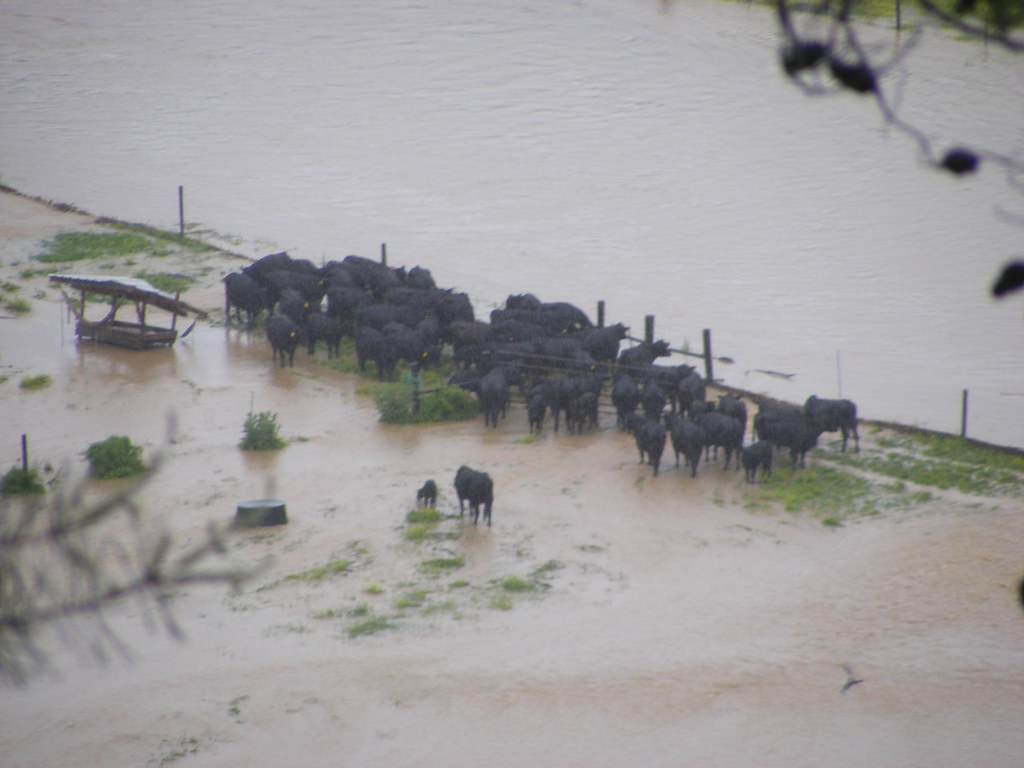


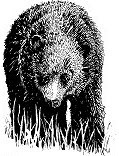
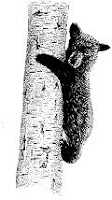 To help learn where Missouri's black bears are from, biologists are setting up bait stations, Barbed wire will snag a few hairs of any bear who ventures in. DNA testing of the hairs will determine the sex of the bears and their relationship to the Arkansas bears.
To help learn where Missouri's black bears are from, biologists are setting up bait stations, Barbed wire will snag a few hairs of any bear who ventures in. DNA testing of the hairs will determine the sex of the bears and their relationship to the Arkansas bears. My parents lived in Hickory County, MO, about 50 miles north of Springfield, from the early 1970's through the mid-1980's. Some of their land was rough, rocky, forested hills, part of a long stretch of mostly rough, mostly tree-covered land that extended for many miles.
My parents lived in Hickory County, MO, about 50 miles north of Springfield, from the early 1970's through the mid-1980's. Some of their land was rough, rocky, forested hills, part of a long stretch of mostly rough, mostly tree-covered land that extended for many miles.

